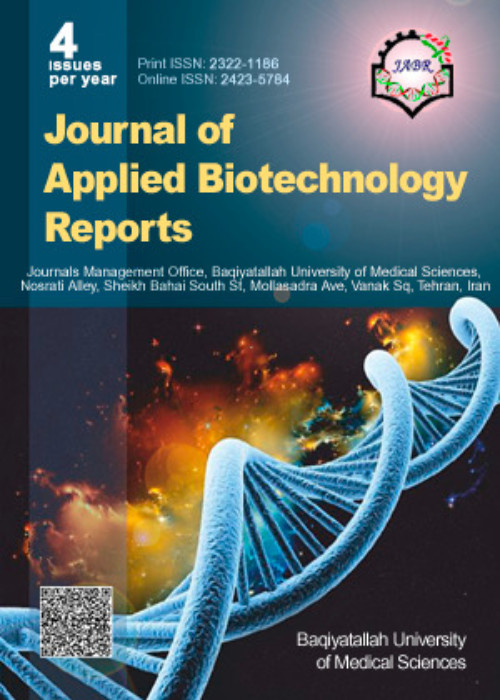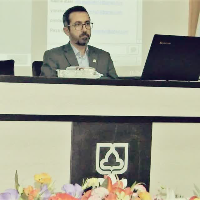An Investigation of the Selected Sermons of Nahj al-Balaghah based on Nida's Formal and Dynamic Equivalence (Case Study of Ansariyan, Dashti and Makarem Shirazi's Translatons)
Nida, the famous American linguist and translation studies scholar, has categorized translation equivalence as two types of formal and dynamic. The formal equivalence is the literal and author's oriented type while dynamic equivalence is a communicative translator oriented type trying to send the message of the text across. The reason for the existence of various adjustments in the dynamic equivalence could be elements such as omission, addition, reduction, and words and phrases' parts of speech change. Deploying a descriptive-analytical research method and making examples of Nahj al-Balaghah sermons, the selected translations are studied based on the mentioned research model. The issue of addition or omission from the lexical elements of translation may consider factors such as attention to the context and register of the words and paying attention to the main structure of the source and target language, as these two types of translation may lead to the meaning communication from the sources text to the target. However, it could change the linguistic form and structure of the target text. Out of fourteen samples, among the studied translations, Dashti and Makarem Shirazi have adopted nine dynamic equivalences and five formal ones in their translations while Ansariyan has rendered seven dynamic and seven formal equivalences.
-
A critical discourse analysis study of Barid Al-Lail (explanation and interpretation levels)
*, Reyhane Emami Chahartagh
Studies in Arabic Narratology journal, -
The semantics of the word “dispute” based on the seven types of Izutsu's simultaneous semantic theory
Sakineh Mosavi Asl, Shaker Ameri *, Ali Akbar Noresideh
Journal Of Linguistic and Rhetorical Studies,



